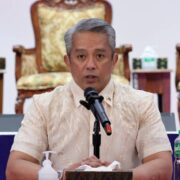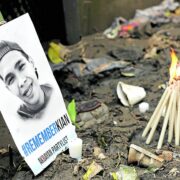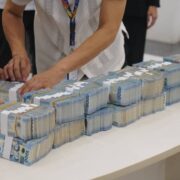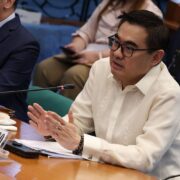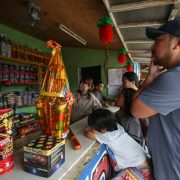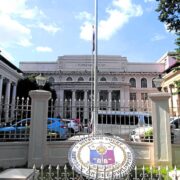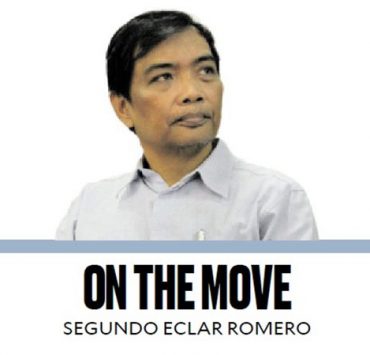Boosting our blue economy
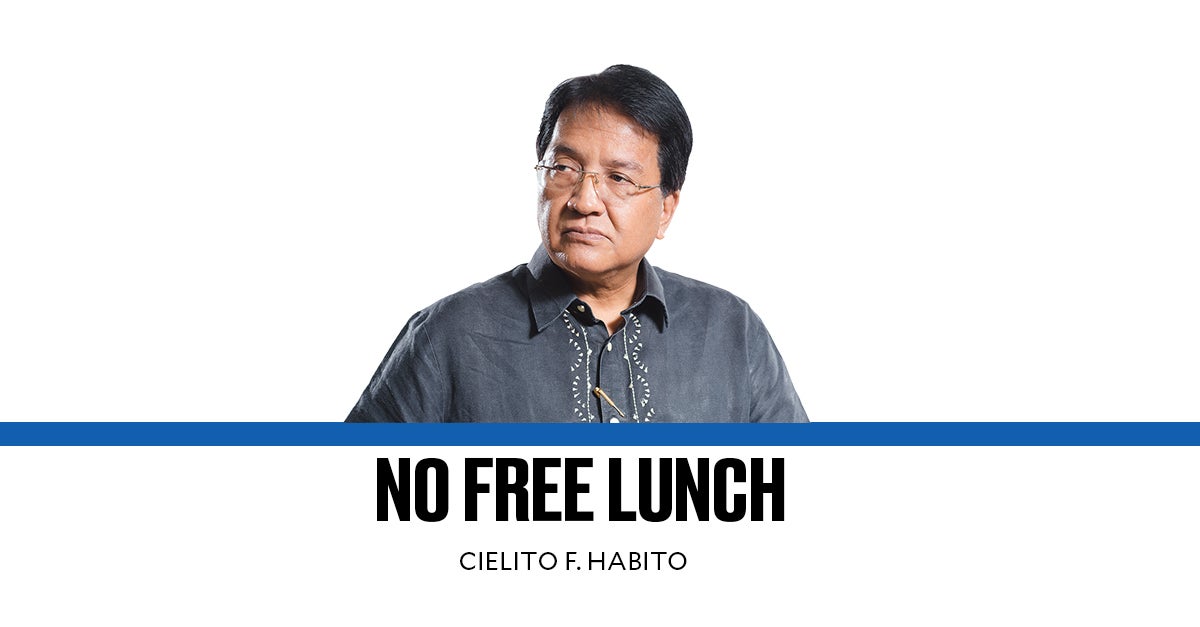
Many of us may not realize that our economic base is far larger than is normally thought, simply because we forget that four-fifths of our territory is water and only one-fifth is land. With 7,641 islands, we are the second largest archipelagic country in the world, next to neighboring Indonesia with 17,508. Our 37,800-kilometer coastline is the fifth longest in the world. The bulk of our provinces (67 out of 82) and more than half of all our cities and municipalities are in coastal areas and two-thirds of our population live along our coastlines. Inland, 421 primary rivers and 221 lakes supply half of our potable water, provide water for our crops and industries, and generate nearly a tenth (8 to 9 percent) of our electricity supplies through hydroelectric power.
I fondly recall how the late senator Leticia Ramos-Shahani used to gently chide me as head of the National Economic and Development Authority (Neda) through most of the 1990s, that our economic planning was too narrowly focused on our land-based economy. She was probably the first among our highest officials to call for an archipelagic orientation in our development planning and argued that overly land-focused planning was missing the bulk of our true economic resource base. And she was right. Decades later, the Association of Southeast Asian Nations’ leaders issued the 2021 Declaration on the Blue Economy. The last phrase refers to the sustainable use of ocean, coastal, and inland waters for economic growth, livelihood, and job creation while preserving the health of the environment. The declaration upheld the “sustainable, resilient, and inclusive use, governance, management, and conservation” of the region’s ocean and other water-based ecosystem resources.
Indonesia and Malaysia were quick to take the cue. The Twelfth Malaysia Plan (2021-2025) declared the preparation of a blue economy blueprint (p. 8-23), which is due for completion this year. Indonesia already adopted its Blue Economy Roadmap 2023-2045 in mid-2023. The Philippine Development Plan 2023-2028 mentions the blue economy several times, but only in the context of fisheries, and falls short of recognizing its full extent and contribution to the country’s socioeconomic development.
While fisheries and aquaculture are indeed most prominent in the blue economy, also potentially substantial are energy production from the ocean (offshore wind farms, wave, tidal, and thermal energy conversion) and inland (hydropower) water energy sources, water transport and related services, tourism and recreation, and other services like marine insurance and maritime education. Taken all together, the blue economy’s contribution to our 2023 GDP should well exceed the nearly P1 trillion (P943 billion) the Philippine Statistics Authority estimates to have come from the “ocean economy.” It apparently omits economic activities in our inland waters like hydropower, lake and river transport, tourism and recreation, and other related industries and services.
As the second largest archipelagic nation in the world, it is incumbent upon the Philippines to follow the lead of its neighbors and craft its own Blue Economy Roadmap, especially at a time when the physical extent of our blue economy is being challenged. To this end, the FVR Legacy Initiative and the Philippine Rural Reconstruction Movement convened a multisectoral Roundtable Discussion on the Blue Economy last March 18 to 19. It gathered 166 participants from national government agencies, local government units, academe, businesses, special interest groups, and civil organizations from Luzon, the Visayas and Mindanao. In animated discussions, they took stock and provided substantive inputs toward crafting our blue economy roadmap, a summary of which was presented to Executive Secretary Lucas Bersamin, who is chairperson of the National Maritime Council.
The roundtable discussions and results were organized under four headings: (1) Fisheries, Aquaculture, and Other Marine-Based Products, (2) Blue Energy, (3) Maritime Transport and Services, and (4) Coastal and Marine Tourism. The rich content of the forum deserves another article, but two common threads cut across all four sectors. One, strong local government and community participation is crucial to improved outcomes. Two, we need to fix governance weaknesses manifested in lack of communication and coordination; functional conflicts, overlaps and/or gaps across concerned agencies; and a dearth of data and information on which to base planning and investment decisions.
As instructed by Bersamin, the full report will soon be submitted to the Office of the President and Neda, now the Department of Economy, Planning and Development. It would be the logical shepherd for crafting our Blue Economy Roadmap into the future.




